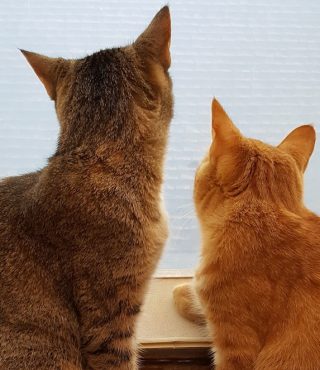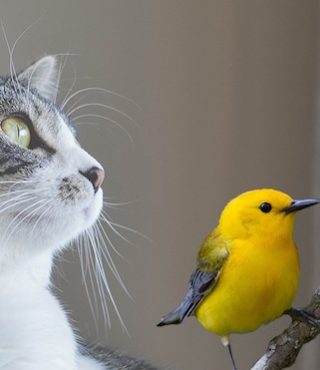Lead Poisoning

We’ve said it before, but it warrants repeating: while outdoor cats have a significant impact on birds, they aren’t the only way we humans affect our feathered friends. According to Environment Canada, lead shot is the most important source of elevated lead exposure in waterfowl and some other bird species. It is estimated that lead poisoning affected 250,000 birds in Canada annually, and about 2.5 million across North America.
Our local partner in Nova Scotia, the Cobequid Wildlife Rehabilitation Centre, in cooperation with the Halifax Wildlife Association, Environment and Climate Change Canada and the Nova Scotia Habitat Conservation Fund, are addressing the issue of lead poisoning in wildlife via a non-lead ammunition exchange, a non-lead tackle exchange and an educational outreach program.
Lead bullets used in hunting and pest control fragment into hundreds of tiny pieces upon impact with the animal. Lead shot can also be left behind in a carcass. Many lead fragments are so small they are not visible to the naked eye but are clearly present in x-rays taken of the animals. Fragments can travel up to 18″ (45cm) from the wound channel in the animal. Eagles and other scavengers eat the lead when consuming contaminated carcasses & gut piles left in the field. Lead is ground down in the eagle’s gizzard and absorbed into the blood stream. Humans who eat game can ingest small lead fragments without even being aware of it.
Lead-based angling tackle, sinkers, jigs and lures are still used by many anglers. Birds such as loons and other wildlife can mistake the tackle for prey. Birds can also ingest lead if they eat fish containing tackle from a broken line, or when foraging on waterway bottoms for the grit they use to aid their digestion. Once lead has been eaten, it is usually fatal.
Non-lead fishing tackle made from metals such as steel, tin, bismuth and tungsten offer safe alternatives to lead. Similarly, solid copper bullets offer an alternative to lead shot. These bullets remain intact and will mushroom upon impact allowing the entire bullet to be removed.
While it may seem counter-intuitive to some, hunters and anglers have long been important contributors to the conservation movement, particularly when it comes to protecting waterfowl. If you hunt or fish, continue the proud conservation heritage of hunters and anglers and switch to non-lead options to help preserve wildlife for future generations.
Find more information at the links below:
www.cwrc.net
www.huntingwithnonlead.org
www.leadfreehunting.com
www.halifaxwildlife.ns.ca








